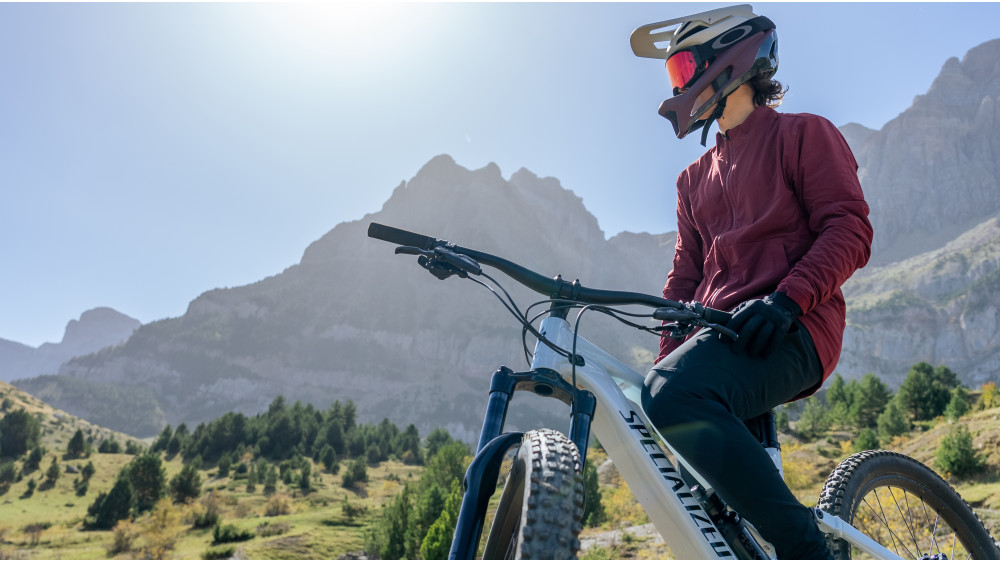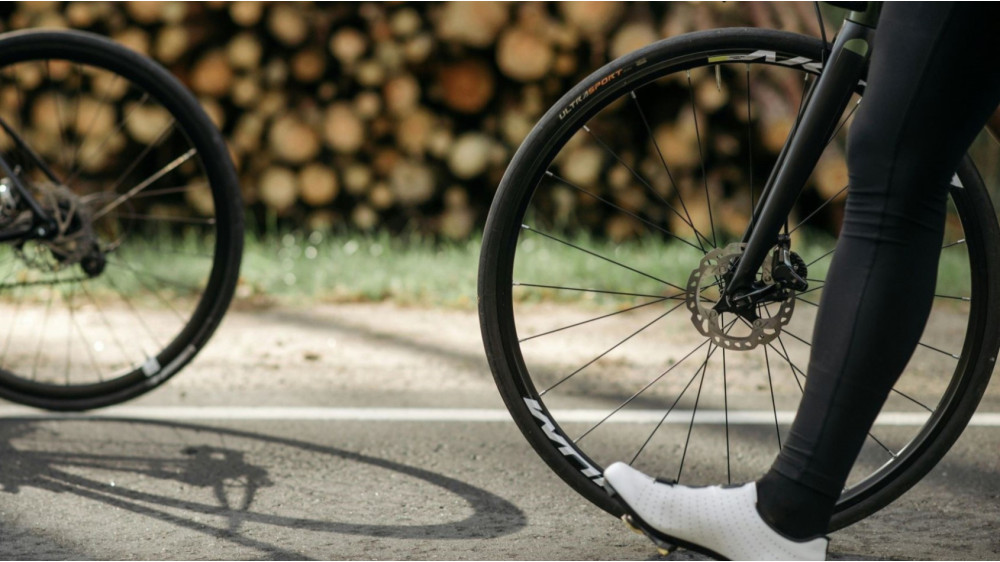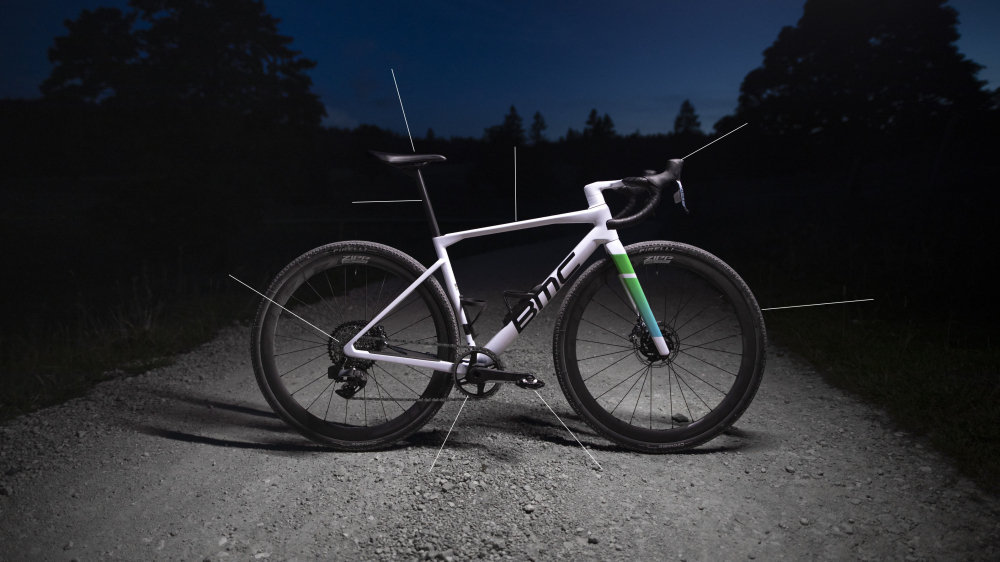Bicycle Parts – A Comprehensive Guide to Bicycle Suspension and Expert Tips
With the rise of gravel bikes, the golden age of suspension seemed to have ended – their function was replaced by wide, soft tubeless tires. However, in the MTB world, suspension remains indispensable. Today, we’ll cover the key facts about this essential bike component and discuss whether suspension is making a comeback.
What Is Bicycle Suspension and Why Is It Important?
Suspension absorbs shocks and helps maintain stability on uneven surfaces. Mounted in the fork or rear of the bike, suspension improves comfort, reduces vibrations, and makes it easier to control the bike. Bicycle suspension allows for prolonged riding on rough terrain without excessive fatigue. However, there are downsides – choosing suspension sacrifices some stiffness and power transfer, meaning you will ride slower compared to a "stiff" road bike. Suspension is most commonly found on mountain bikes, city bikes, and increasingly on electric bikes.
Main Types of Suspension
There are several main types of suspension tailored to different needs and riding styles:
-
Front suspension absorbs impacts affecting the front wheel. It reduces hand fatigue and is commonly found on mountain, city, and electric bikes. Front suspension can be achieved through either pneumatic springs integrated into the fork or, more commonly, an air chamber.
-
Rear suspension provides even greater comfort by reducing impacts affecting your torso and back. There are different rear suspension technologies, such as suspension with pneumatic springs or air shocks.
-
Other suspension elements include shock-absorbing saddles, seatposts, thick handlebar tape, and soft tubeless tires. These components help reduce fatigue caused by riding on rough surfaces.
How to Choose the Right Suspension for Your Bike?
Most cyclists purchase fully assembled bikes with pre-selected suspension. However, if you plan to build your bike from individual components, choose suspension based on where you’ll ride the most.
City and hybrid bikes often come with lightweight suspension, but the majority of these bikes do not require suspension since they are designed for smooth roads and shorter distances.
Mountain bikes typically use durable suspension that can withstand strong impacts. Advanced suspension systems allow you to adjust the suspension level depending on the terrain, offering speed on smooth surfaces and comfort on technical trails. Mountain bikes with only front suspension are called hardtails, while models with both front and rear suspension are known as full-suspension bikes.
Electric bikes also feature strong suspension due to their increased weight, making road bumps more noticeable. For example, the popular Specialized Turbo Vado 5.0 ensures comfort with an 80mm travel suspension fork and a shock-absorbing saddle.
Gravel bikes – Some manufacturers have introduced gravel bikes with front and rear suspension. One such example is the Specialized Diverge STR, available at VELONOVA. Will more gravel bikes with suspension appear in the future? Time will tell.
Other Factors to Consider When Choosing Suspension
Shock absorption: Air chamber suspension is lightweight and allows for precise stiffness adjustments, making it ideal for performance-oriented riders. However, if you prioritize reliable, stable shock absorption with minimal maintenance, pneumatic spring suspension is a better choice.
Adjustability: As mentioned, air chamber suspension allows for easy stiffness and sensitivity adjustments, optimizing speed in some situations and comfort in others.
Materials: Suspension components are typically made from aluminum, steel, or carbon fiber. If you want to reduce bike weight, air chamber suspension is the way to go.
Bicycle Suspension Maintenance and Care
For suspension to last, regular maintenance according to manufacturer recommendations is essential. Over time, suspension oil degrades due to heat, dirt, and intense use, requiring periodic replacement. Otherwise, performance can decline, unusual noises may develop, and ultimately, the suspension can fail. Suspension maintenance is performed at a bike service center. You can book your suspension service appointment online.
Setting Air Suspension Pressure Based on Rider Weight
Air shocks allow pressure adjustments according to the rider’s weight, ensuring optimal performance. Key steps for setting the pressure:
- Check the manufacturer's recommended air pressure settings.
- Use a special shock pump to inflate according to the rider’s weight.
- Test whether the pressure feels right and adjust according to riding conditions.
Here’s an example of manufacturer recommendations. These values may vary depending on the suspension model (and travel distance).
| Rider Weight (kg) |
Recommended Pressure (PSI) |
| 50-60 |
80-100 |
| 60-70 |
100-120 |
| 70-80 |
120-140 |
| 80-90 |
140-160 |
| 90+ |
160+ |
Need help maintaining your suspension or choosing the right bike? Contact us online (find us on social media) or visit the VELONOVA store at J. Baltrušaičio g. 1, Vilnius.



-1000x562.jpg)

